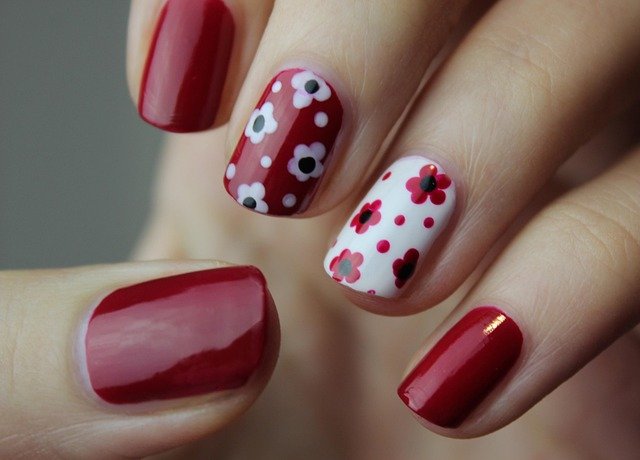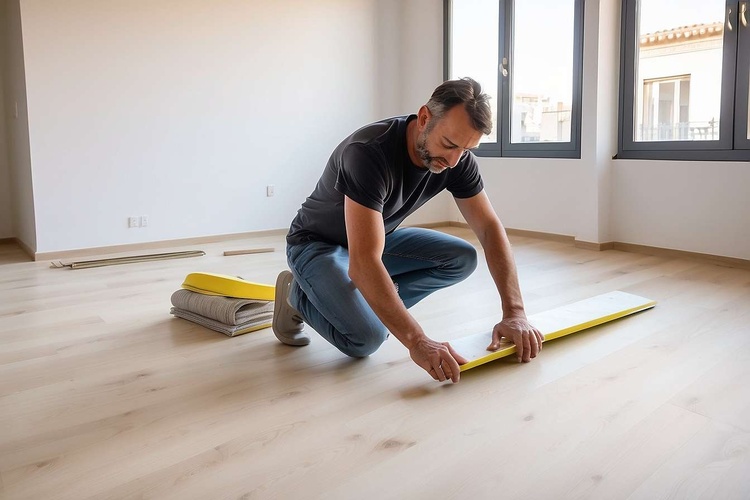Nail Art Techniques and Care for Creative Nails
Nail art combines simple polish with decorative techniques to express style, complement outfits, or enhance a professional look. From single-color manicures to hand-painted designs, nail art spans many levels of skill and time commitment. Understanding basic tools, safe practices, and maintenance helps you enjoy creative nails without damaging the natural nail plate or cuticles.

What is nail art and how is it done?
Nail art is the practice of decorating fingernails and toenails using polish, decals, gems, stamping, brushes, or sculpting materials. Techniques range from basic two-tone looks and French accents to layered gel work and acrylic sculpting. At-home methods usually use regular polish, striping tape, stickers, or dotting tools; salon techniques often include gel polish, dip powder, and airbrushing for longer-lasting results.
Many designs start with proper nail prep: cleaning, light buffing, and a base coat to protect the nail. Artists then apply colors, add detail with fine brushes or stamping plates, and finish with a top coat for shine and durability. Knowing which products work together—regular polish with top coats or gel polish with compatible base/top pairs—reduces chipping and uneven finishes.
How can you keep nails healthy?
Healthy nails require gentle care, proper hydration, and sensible timing between services. Avoid aggressive filing or cutting of the cuticle, as the cuticle protects the nail matrix. Regularly moisturize the hands and cuticle area with oil or cream, and use a nail-strengthening polish if nails are brittle. Alternate periods of natural nails between enhancements to allow recovery.
If you notice persistent discoloration, pain, swelling, or separation of the nail from the bed, seek advice from a qualified medical or dermatology professional. This article is for informational purposes only and should not be considered medical advice. Please consult a qualified healthcare professional for personalized guidance and treatment.
What to expect from a professional manicure?
A professional manicure typically includes nail shaping, cuticle care, buffing, and the application of polish or enhancements. Technicians may offer soak-and-clean cuticle grooming, gentle pushing back, or trimming of loose hangnails. Salons that perform acrylics, gels, or dip powder will also include application, curing, and finishing steps specific to those systems.
When visiting local services or a salon in your area, check that tools are sanitized and single-use items are disposed of or sterilized between clients. A clear discussion about desired length, shape, and finish helps the technician match expectations. Ask about product types—regular polish, gel, or dip—to understand drying/curing times and removal procedures.
How to choose the right polish and application tips?
Choosing polish depends on desired longevity and finish. Regular nail polish offers a wide color palette and easy removal but chips sooner; gel polish requires curing under an LED/UV lamp and lasts longer but needs proper removal to avoid damage. Dip and acrylic systems are durable for length and sculpting but require professional removal or careful at-home procedures.
For smoother application, work in thin layers: one thin base coat, two thin color coats, and a protective top coat. Allow drying time between layers or follow curing instructions for gels. Use a quality base coat to prevent staining, and wipe the nail edge with a top coat to seal and reduce lifting. Proper removal—soaking gels or filing acrylics—reduces risk to the natural nail.
How does nail art relate to personal beauty routines?
Nail art is one facet of a broader beauty routine, complementing skincare, hair, and wardrobe choices. Coordinating nail colors or motifs with seasonal palettes, special events, or everyday style can enhance a polished appearance. Simpler nail looks can be low-maintenance while elaborate designs may require more frequent touch-ups or salon visits.
Integrating nail care into weekly self-care helps maintain consistent health and appearance. Short daily habits—hydrating cuticles, wearing gloves for chores, and avoiding harsh chemicals—extend the life of manicures and protect nails. For those balancing busy schedules, many local services offer express manicures or chip-repair options that fit into a routine without significant time investment.
Conclusion
Nail art blends creativity with practical nail care: choosing the right products, preparing nails properly, and maintaining healthy habits all contribute to attractive, long-lasting results. Whether you prefer simple polish or intricate designs, understanding techniques and safe practices helps you enjoy creative nails while protecting the natural nail.






